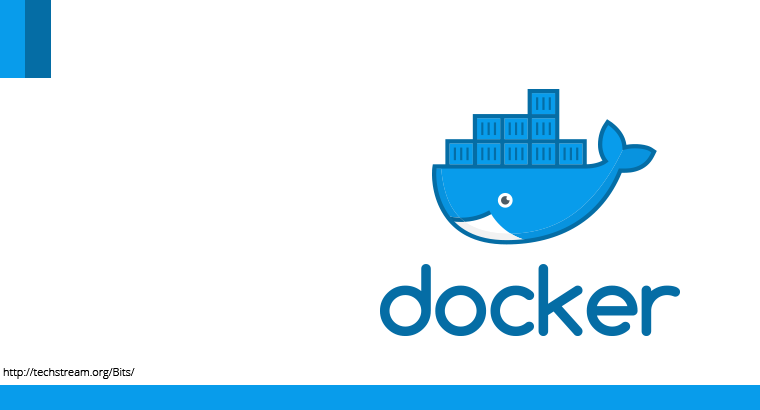Cloud migration and containerization have been simultaneous facets in the modernization of applications. A software container is a standard package that contains everything required to run the software.
Containerization includes a much more streamlined approach to DevOps that reduces the cost of infrastructure drastically. It also makes it convenient to pack, ship, and run applications on any cloud-based platform.
According to industry experts, more than 70% of all organizations in America use at least one cloud-based application. They have also said that almost 28% of spending’s in the four major IT markets will shift to cloud-based platforms by 2022.
Businesses with plans to migrate completely or partially to a cloud-based strategy can benefit from application containers. That means there is ample opportunity for the industry to grow within the next two years. However, businesses that wish to invest in application containers would prioritize security above most other aspects.
Therefore if you want to offer application containers to your clients, you would need to consider the best practices to secure them. In this article, we will talk about six of those practices that can help you ensure application container security for microservices that you plan to deploy in the containers.
Immutable Containers
Software developers often leave the shell access open for images that they plan to fix during production. Cybercriminals can take advantage of it and plant malicious codes in the containers. Therefore make sure that you create immutable containers so that if the developer detects any vulnerabilities, they can redeploy the microservices.
For immutable containers, remote management is done through APIs. Alternatively, developers would create a remote shell session to the host platform running the microservices. The container should allow developers to store any data outside it so that if some of it needs to get replaced, the data is still available for the new versions.
Containers From Trusted Sources
You can use many readily available containers such as Apache Web Server, Node.js, or any Linux based application container. However, if you want to ensure that the package is secure, you must know whether the containers come from trusted sources.
Validated sources will ensure that their containers are up to date and free of any vulnerabilities or malicious codes. Developers can also look for the application signatures in the scripts before engaging in production. If you want to use open source containers from other sources, make sure you scan the contents thoroughly before using them.
Ensure Image Security With a Registry
Developers can use registries like Amazon ECR or Docker Hub to store and manage any images that they have created. These registries can accomplish several security tasks, such as:
- Role-based access control to the images
- Verify signatures and accept containers from trusted sources only
- Regular container updates for known and unknown vulnerabilities
- Flag vulnerabilities in images
Ensure Security of Host Operating System
Most of the security protocols are directed towards the containers and microservices. However, you also need to ensure that the host operating system is secure enough. It is recommended that you use host systems specific to containers so that they don’t have unnecessary functions that can leave vulnerable areas to attack.
You should also use a platform that can control the traffic through a firewall. Limit the access to containers to trusted system resources while isolating the containers from each other. It is best if you run the container engines in kernel mode while the containers run in user mode. Using a Linux based operating system will allow you to use multiple levels of security and limit access to the container capabilities.
Use Container Monitoring Tools
You can use a container monitoring tool specifically designed to discover potential threats to the application. Security scans can help you to detect known vulnerabilities and malicious codes, but they will not be very useful in finding any risks that you weren’t expecting.
Monitoring tools collect all the event-related information and then cross-examine them against the security policies so that they can determine which services can be allowed to run and which containers can make external HTTP requests.
API Access Control to Microservices
You can think of APIs as keys that can unlock the applications consisting of microservices. Any software that is based on this technology will have multiple independent API services running additional security tools, which will provide secure authentication and authorization.
Developers often use an OAuth/OAuth2 server to obtain authentication from APIs while ensuring that all client-server communications contain encryption during transit with Transport Layer Security (TLS).
Migration to microservices can help developers in improving the applications and container infrastructure. However, they need to ensure that they adopt a radical approach to ensure application security.
Therefore they need to formulate a comprehensive security program for any microservice-based software container that can oversee the application cycle. You can utilize the practices we mentioned in the article to develop and deploy any containers or microservices securely.



